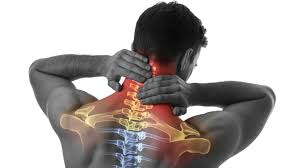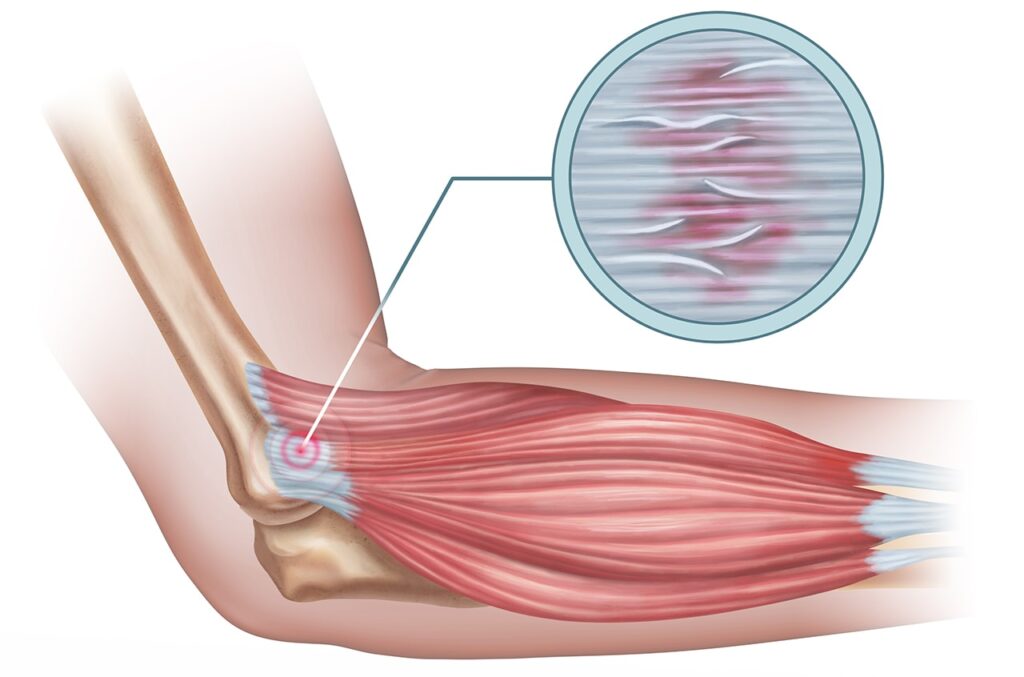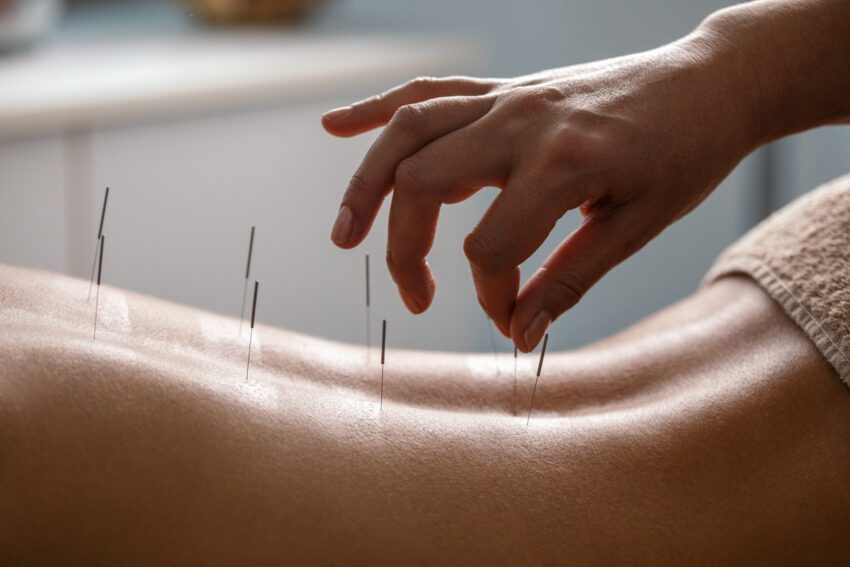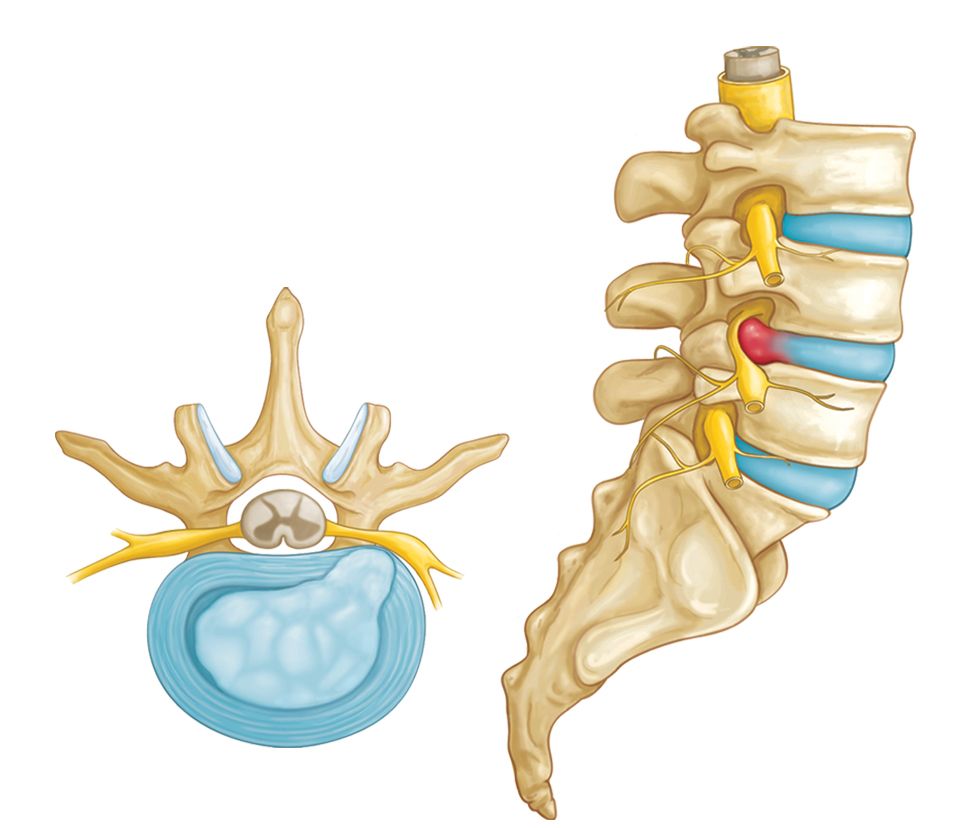IT BAND SYNDROME- update on the current research
IT band syndrome is a common condition that causes pain on the outside of the knee. This 2024 review article updates the current understanding of iliotibial band syndrome (ITBS).
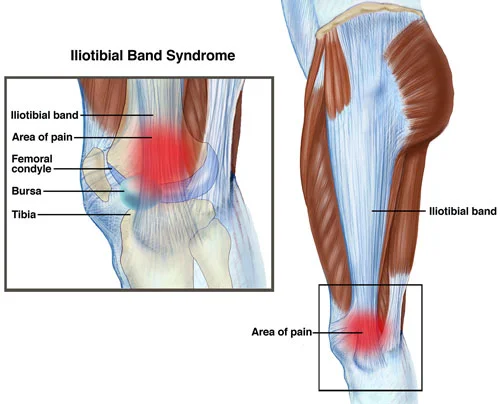
Diagnosis
ITBS usually appears during repetitive activities and tends to worsen the longer someone runs or cycles. Clinical tests exist but have limited reliability.
Some key features:
• Pain develops on the outer knee after a period of running or cycling.
• Often described as sharp, burning, or increasing over time.
• Tests such as the Noble and Ober tests are inconsistent (orthopaedic physical exam tests).
• MRI is typically unnecessary; diagnosis relies mainly on symptoms and history.
Risk Factors
ITBS develops through a combination of anatomical structure, muscle function, and training habits.
• Older theory suggested the IT band rubbed over the thigh bone.
• Newer evidence shows the IT band does not slide very much.
• Pain is likely due to compression of fat and nerve-rich tissue beneath the band at about 30 degrees of knee bend.
Things we can’t change:
• Anatomical features such as leg alignment or prominent bone structure. This includes natural variations like being slightly knock-kneed or bow-legged, having a more pronounced lateral femoral epicondyle (the outer knee bone), or having tighter fascia around the thigh.
Things we can change:
• Weak hip muscles, especially hip abductors and gluteal muscles, which can allow the knee to drift inward during running.
• Training errors such as sudden increases in mileage or frequency.
• A large trial showed similar ITBS rates whether runners increased volume or intensity, suggesting rapid changes are the main issue.
Treatment
Treatment centers on reducing irritation, improving strength, and retraining movement patterns. Functional rehab generally works the best!
• Temporarily reduce or modify painful activities in the short term.
• Strengthen hip abductors, gluteus maximus, and stabilizing muscles- has been proven to be one of the best approaches!
• Include balance, single-leg control, and running-specific movement retraining + slowly easing back into the sport that generated the pain.
• Shockwave therapy may help when exercise alone is not enough- something worth considering if you have a stubborn case.
• Steroid injections and surgery have weaker evidence and are used rarely
Research Gaps
While the understanding of ITBS has improved, more consistent and higher-quality research is needed to determine the best treatment strategies.
Some flaws:
• Research methods vary widely between studies- it’s hard to compare them because of how differently they were conducted.
• Limited high-quality trials on specific rehab programs- which exercises are best? We don’t really know.
• More comparison studies are needed for conservative and non-conservative treatments.
Take-Home Message:
• ITBS is mainly driven by compression, not friction
• Outer-knee pain increases with repetitive activity
• Hip weakness and rapid training increases are major contributors
• Best treatment involves structured rehab focusing on strength and movement control
• Shockwave therapy can help in tougher cases
• More research is needed to refine and compare treatment approaches
If you have IT band syndrome and have more questions, for out chiropractors or physiotherapists, feel free to contact us or book online HERE.
